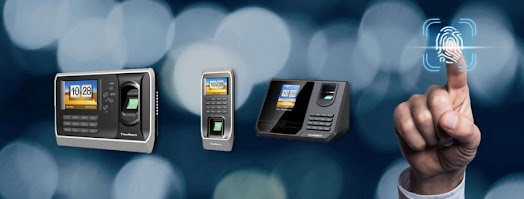Access Control System: bridging the gap between traditional and new technologies
The global multi-technology reader market was estimated to be worth roughly $ 33 million, up from $ 30 million next, according to the latest access control system research from IMS Research, which is now part of IHS Inc.
Access Control, Fire and Security Analyst at GCTL" Although multi-technology readers have been around for many years, these devices are being installed today in more applications than ever. Historically, multi-technology readers were offered specifically for end users who requested the technology. Today, more readers come preconfigured to offer both proximity and smart card technology. This allows customers to prepare for the future, and many end users will opt for this technology, regardless of their current needs, to save costs for years to come. "
On the other hand, there has been an increase in the number of associations between reader providers.
For example, many vendors now offer readers that are compliant with all ISO standards, regardless of brand, with some of these partnerships existing. This trend will likely continue as more progress is made towards open standards. Beyond the availability of multi-technology readers that are compatible with proximity or smart cards, more and more multi-technology readers are also offered with a mix of keyboards, proximity, smart cards, biometrics - and in some cases - magnetic stripes. . Electromechanical locks are likewise following suit, with products offering biometrics, as well as RFID and keypads, available on the market today.
Multi-technology not only allows greater flexibility to the end user but also provides additional security options. In some end-user applications, security threats can be applied to each lock or reader. In cases where the security threat is high, locks or readers may require additional verification, such as personal identification number (PIN) and biometrics, versus just the PIN in a low-threat scenario. Although this option is mostly used in high security locations such as airports, other end-user applications are also feasible.
With existing technologies gradually being replaced by more modern technologies, the need for multi-technology readers will continue to increase in the coming years. Offering a multi-technology reader, electromechanical lock, or even a multi-technology credential will not only help expand the product line, but will also increase the likelihood of success for integrators and end users seeking flexibility and functionality.
Do you know the Security Policies regarding the handling of your information processed by third parties?
The transitional regime expired and currently all information traffickers do not know that they may be subject to sanctions or fines equivalent to two thousand (2000) current legal monthly minimum wages and even immediate closure and definitive of the operation that involves the treatment of the information. For this, the government and the Superintendency of Industry and Commerce together with the associated entities have delivered to the community several free conferences and others with cost about the management and everything associated with respect to this Statutory Law.
As we all know, it is very difficult for all the information about the approved laws and compliance with the Law to be fully understood and applied by the entire community, so currently we continue to receive calls from call centers or banking entities and others. establishments to which we have never granted authorization to store our data and use it for commercial, administrative purposes or simply to fill our mail or cell phone with information that we have never requested. The statutory data protection law tells us that the most sensitive information or data for treatment are data related to health, political orientation, religious beliefs, sexual life and biometric time attendance machine data.
Statutory law 1581 in article 17, informs that all entities, whether public or private, that store and process information must:
· Request and keep, under the conditions set forth in this law, a copy of the respective authorization granted by the Holder.
· Properly inform the Holder about the purpose of the collection and the rights that assist him by virtue of the authorization granted.
· Keep the information under the security conditions necessary to prevent its adulteration, loss, consultation, use or unauthorized or fraudulent access.
To fulfill these duties, we could simply sign a document each time and in each place that requests the storage or treatment of our information, but why not enter the technological era and without spending a sheet of paper carry out these authorizations through software where the person will authorize by means of the electronic signature the treatment of the information provided.
There are currently few companies in the market that are betting on this product, among these is GCTL that offers the market a solution with the new “HABEAS DATA” module compatible with any application and operating system. It consists of a digitizing table of signatures, to capture the signature of the person and with it, the go-ahead to carry out the respective treatment of the information taken.




Comments
Post a Comment